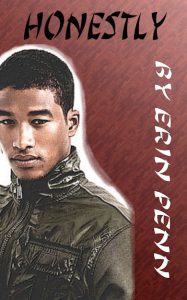
Image Courtesy of iosphere at FreeDigitalPhotos.net
What happens after the POV leaves? (hint: nothing the reader knows about)
Okay, fearless blog followers, today’s lesson is POV (Point of View). Most people write genre fiction from either first person or close third person POV. First person allows for intense feelings to be expressed, opinions to be shared, and a focused story. Third person allows some POV changes, the ability to pull back from the action (example a battle the person is in) etc.
In either case, be aware when your POV character leaves the scene – that is it, done. Nothing else can be known about that scene unless another POV character is used. Omniscient POV would allow the scene to continue, but the present market has trained readers to dislike omniscient POV. Therefore, the scene is ended, dead, buried by the removal of the POV. Move along, nothing more to be seen here.
The lesson takeout is be aware who your point of view is in a scene – be aware that nothing is known (to the reader) until the POV character shows up and nothing is known (to the reader) after the POV leaves. The “camera” does not stay behind.
Yes, I know you want to show the group’s reaction to the POV storming off. But a first-person POV doesn’t work that way. Writing has rules. … Yes, rules are made to be broken. But first one needs to know the rules and why they exist before deciding why THIS manuscript should be the exception to the rule. Usually the answer, once the rule is understood, is “well, I just want to be lazy about the rule” or “I wanted the readers to enjoy my Darling scene.” (kill the Darlings – more on this another editing rant)
Anyone have examples they want to share of when POV rules were broken? Did it help the story or feel like a cop-out? Why or why not?



